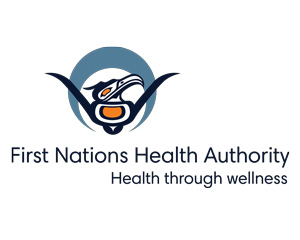A message from Dr. Unjali Malhotra, Women’s Health, Office of the Chief Medical Officer; and Dustin Richard, BScN, RN (Certified Remote) Professional Practice Leader, Remote & Rural Practice Team, Office of the Chief Nursing Officer
The new cervix self-screening test is here, and we've got answers to some of your questions about these at-home tests.
What has changed?
People with a cervix can now screen for cervical cancer with the self-collection test kit in the privacy of their home – or, if they prefer, in their local nursing station with someone to help them – instead of having a Pap test done by a healthcare provider in a clinic.
What does this new test involve?
The test is easy and more comfortable than a Pap test. You collect a sample from your vagina with a small Q-tip-like swab. Each kit includes instructions and a return shipping label for mailing in your swab. Once completed, you can drop off your kit at your nearest post office or box. Try to send the sample the same day you collect it. Your results will be available within four to six weeks from the time that the kit is mailed in.
Where can I get a kit?
You can order a kit that will be mailed to your home, or you can get one at your local nursing station or health centre. If you have questions about the new test, you can talk to your healthcare provider.
Why should I consider self-screening?
The cervix self-screening test is considered more comfortable for many people, especially those who have been reluctant or fearful about getting Pap tests, sometimes because of negative or even traumatic experiences in the healthcare system or elsewhere.
This test also enables people who live in remote or rural areas to overcome the barrier of geographical access, as they do not have to travel long distances or attend an appointment to get this screening test done.
And, the self-screening test has been proven to be as accurate as the traditional Pap smear testing by a provider. If the test result shows you don't have HPV, your next scheduled screening would be advised in another five years.
For more information, see:
BC Cancer's website: for additional information about cervix self-screening.
Cervix Self Screening in Partnership with Carrier Sekani Family Services: a patient education video.
Cancer Screening Flipbook: An educational cancer screening resource developed in partnership with BC Cancer, for the recent cancer screening campaign.
Average Risk Screening Chart: overview on when individuals should get screened for cancer.
For more information on cancer prevention, screening and treatment, visit fnha.ca/cancer.

